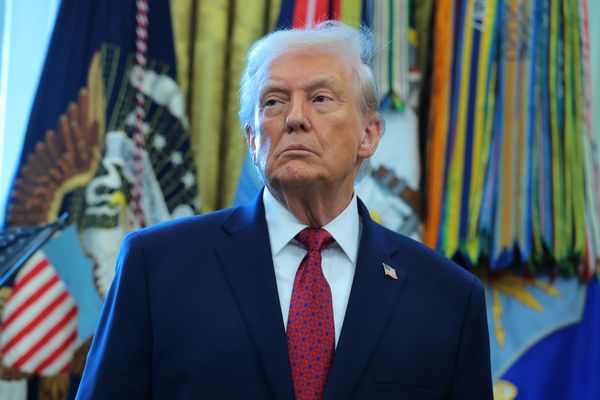
Despite the economic downturn in China, former IMF Chief Economist Kenneth Rogoff believes the country's push to undermine the U.S. dollar's global dominance remains firmly on track.
What Happened: On Wednesday, Rogoff replied “absolutely” when asked about China gaining traction in challenging the dollar’s supremacy, despite a slowing domestic economy, while speaking on The Call, a podcast by the U.S. Chamber of Commerce.
According to Rogoff, Beijing's efforts extend far beyond currency peg adjustments, which he says China has been doing far more aggressively over the past decade, especially following Western sanctions on Russia.
The broader strategy, Rogoff says, involves building independent financial infrastructure, including alternative settlement and clearing systems, to reduce reliance on the U.S.-dominated network. “To truly break away, China wants transactions in yuan and control over how they're settled,” he said.
See Also: Dollar Down 10%? These 3 Stocks Could Soar
Even with China's real estate crisis and declining growth, Rogoff argues those macro headwinds don't necessarily derail Beijing's strategic objectives.
“China doesn't have to grow at 7% in order to establish the yuan as more of a currency,” he said. “They're the world's largest trading partner for probably more than half the countries in the world. So they're there. They've arrived.”
Rogoff draws parallels to Japan's post-boom era, warning that China is repeating many of the same mistakes, including significantly overinvesting in real estate and infrastructure. Yet despite that, he insists the yuan can continue gaining ground regionally.
He also warns that the U.S. is accelerating its own decline. “The erosion of the dollar, which I argue started a decade ago, is accelerating,” Rogoff said, citing trade policies and erratic decision-making in Washington as contributing factors.
Why It Matters: Rogoff had mentioned the same thing in an interview a week ago, warning of the consequences of ‘de-dollarization,’ while saying that most Americans are unprepared for such an eventuality.
“It’s going to put pressure on the U.S. budget, interest rates, and Americans are not prepared for any of that,” Rogoff said.
Several other prominent experts and analysts have cautioned about the same, with Adam Turnquist, a chief technical strategist at LPL Financial, warning of further downside risks for the greenback, following a sharp decline since the beginning of 2025.
According to Turnquist, “The dollar is also contending with recently renewed tariff threats, an ongoing de-dollarization theme, and fading enthusiasm for American exceptionalism.”
Chatham House expert, David Lubin, noted two months ago that some people within the Trump administration may view the reserve status of the U.S. Dollar as “more of a burden to the U.S. economy than a blessing.”
The U.S. Dollar Index (DXY) currently trades at 96.844 against a basket of other currencies, up slightly by 0.07% on Thursday. The currency is down 11.44% since January 20, since the Trump Administration came to power.
Photo Courtesy: FOTOGRIN on Shutterstock.com
Read More:







